Kostroma Moose Farm
The USSR’s Conquest of Nature lead to the domestication of many moose—no squirrel.
In the early 1930s, the Soviet Union set it sights on taking over the world—on moose-back.
Moose, being large, strong and agile, seemed to be perfect for the Communist cavalry. However, with the onset of the Soviet-Finnish war in 1939 followed closely by World War II, training operations came to a halt. After these failed attempts at world domination, the post-World War II Soviet Union embarked upon even loftier goals: the conquest of nature.
These efforts included, among other things, the training and domestication of moose for transportation. In addition to possibly being handy pack and passenger animals, it was soon noted that after being fattened up on a steady diet of the unusable scrap leftover from their booming timber industry, moose could nourish the starving populace, and the first moose farm was born.
Pechora Farm, established some time between 1943 and 1949, was tasked with breeding and training moose for milk, meat and draught purposes. Despite initial apprehension,(can you imagine trying to milk a moose?), it turned out these gentle giants were just as easily milked as cows. However, raising them for meat proved prohibitively expensive and moose, being clever creatures, wouldn’t be led easily to slaughter. In addition, despite years of brutal and bloody experimentation, it was also soon discovered that it’s difficult to make a moose do what a moose does not wish to do and efforts to train and control them were abandoned.
In 1963 Kostroma Farm opened starting with just two calves and has been home to over 800 moose. Initially under the umbrella of various scientific and agricultural agencies, the farm is now independent and its official name is Sumarokovo Moose Farm, State Budget Scientific Research Institution of the Kostroma Region. Today the farm’s primary functions are the production of moose milk which is sold to the nearby Ivan Susanin Sanatorium for use in the treatment of ulcers and radiation lesions, the harvesting of moose antler velvet for pharmaceutical purposes, and as a tourist attraction.
Know Before You Go
See website for directions


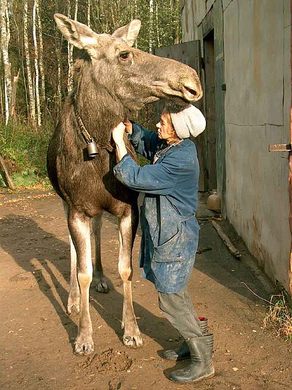
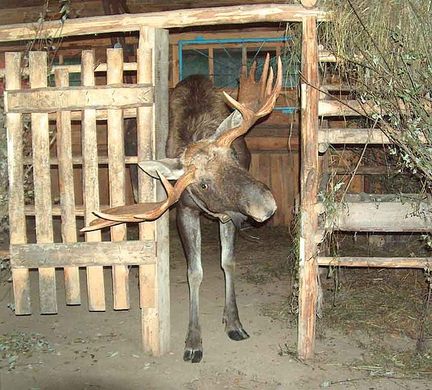
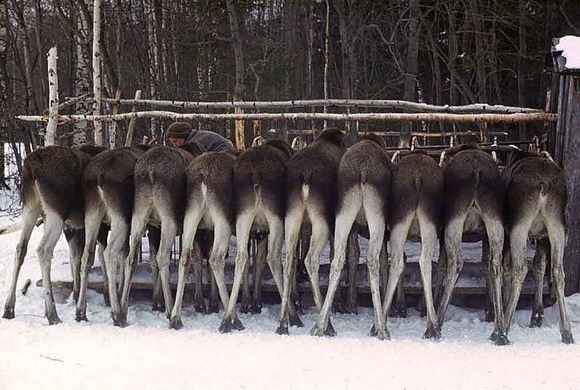











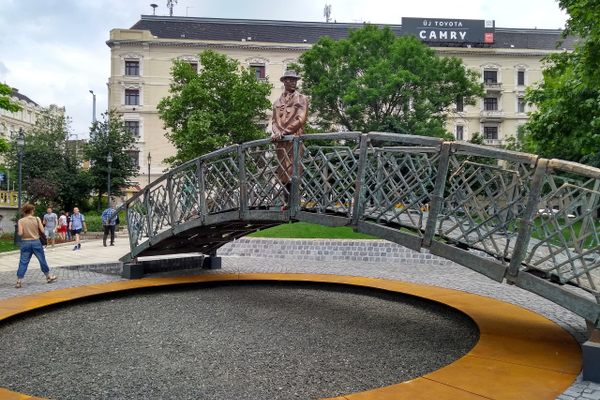



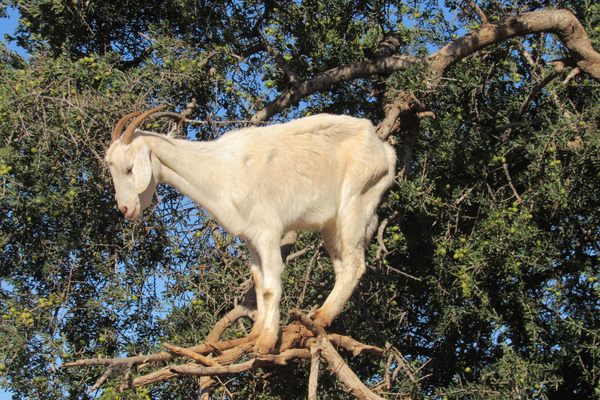

Follow us on Twitter to get the latest on the world's hidden wonders.
Like us on Facebook to get the latest on the world's hidden wonders.
Follow us on Twitter Like us on Facebook